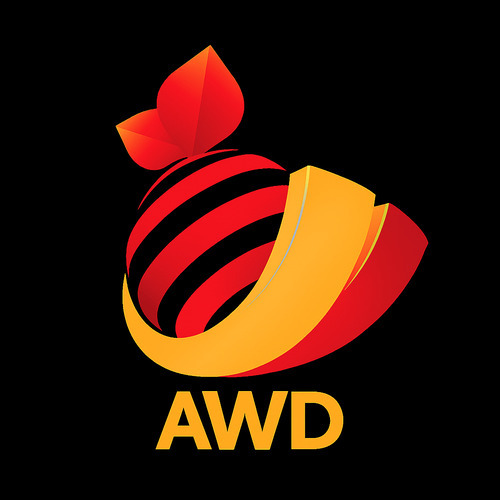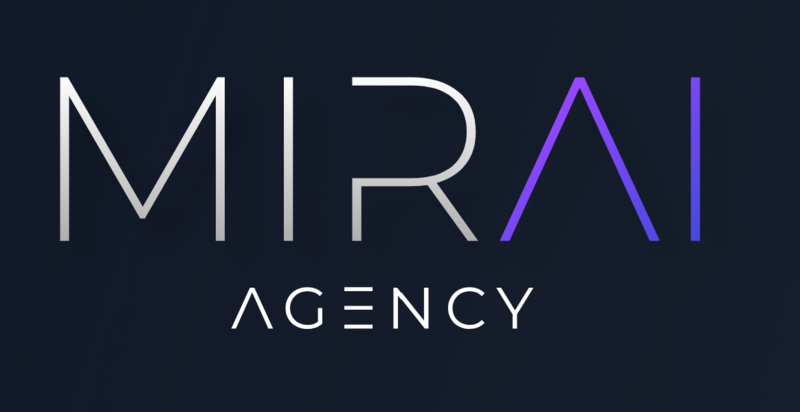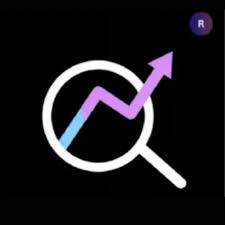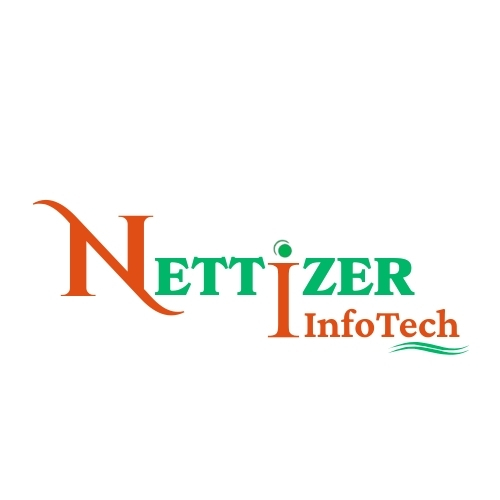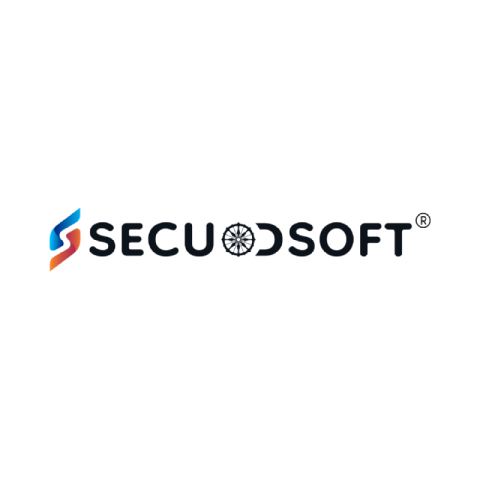
Articles
Web Application Development: A Comprehensive Guide for 2025

Share this post
In today’s hyper-connected world, web applications have become the cornerstone of digital transformation across industries. As we step further into 2025, the evolution of web technologies is reshaping how businesses engage with customers and how users experience online services. From simple static sites to complex platforms powered by AI and blockchain, web applications have matured into powerful tools that drive innovation, streamline operations, and enhance user engagement.
This comprehensive guide explores everything you need to know about web applications development in 2025—covering essential concepts, types of web applications, reasons to build them, the complete development lifecycle, essential tools and frameworks, common challenges, and emerging trends.
What Is a Web Application Development?
Web application development is the process of creating software applications that run on remote servers and are accessed by users through a web browser over the internet. Unlike traditional desktop applications, web apps do not require installation on a local device, making them accessible from anywhere with an internet connection.
The development process involves both front-end (client-side) and back-end (server-side) programming. The front-end handles everything users see and interact with—such as buttons, forms, and layouts—using technologies like HTML, CSS, and JavaScript. The back-end manages the logic, databases, server configurations, and security to ensure the app functions smoothly and securely.
Web application development covers a wide range of apps, from simple forms and static pages to complex platforms like e-commerce sites, online banking systems, and social media networks. It also includes critical tasks like planning, UI/UX design, coding, testing, deployment, and maintenance.
In 2025, web application development increasingly incorporates modern practices such as cloud computing, API integrations, responsive design, and emerging trends like AI, blockchain, and serverless architectures, enabling businesses to deliver more dynamic, scalable, and user-friendly experiences.
Key Characteristics:
- Platform Independence: Web apps can be accessed from any device with a web browser, regardless of the operating system.
- Real-Time Updates: Any changes or updates are applied server-side, making them immediately available to users.
- Accessibility: Users need only an internet connection and a browser to access services.

